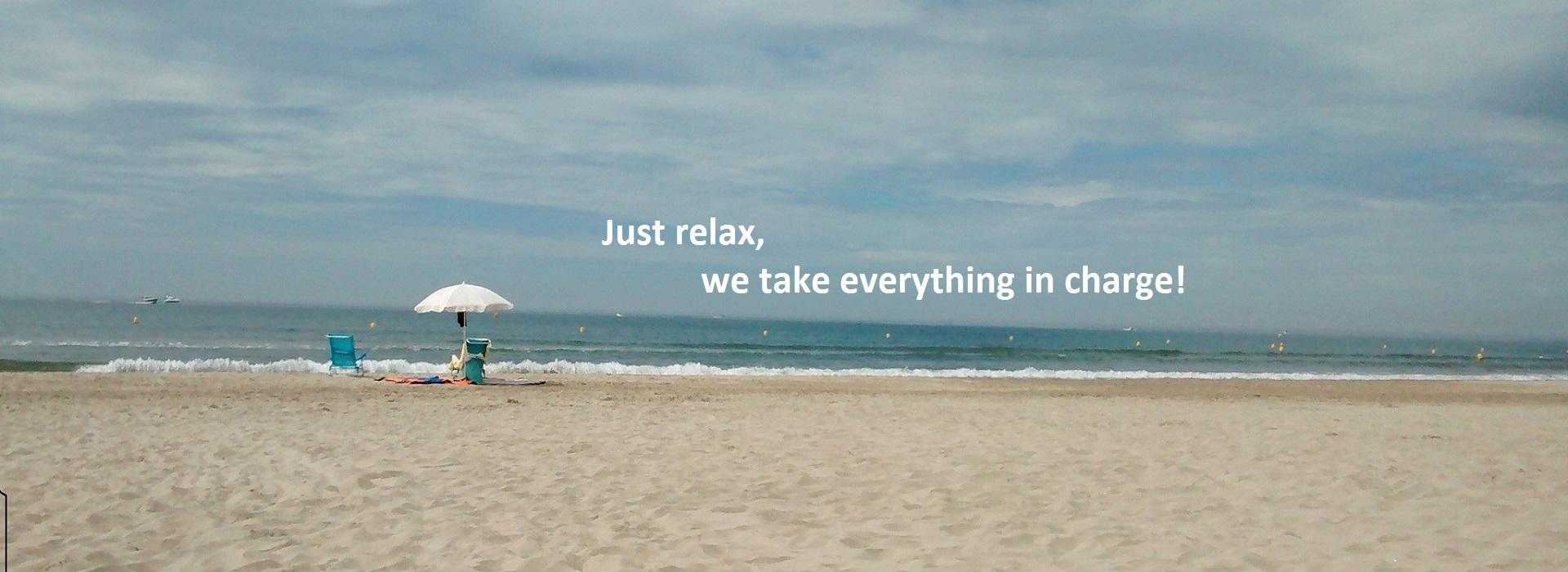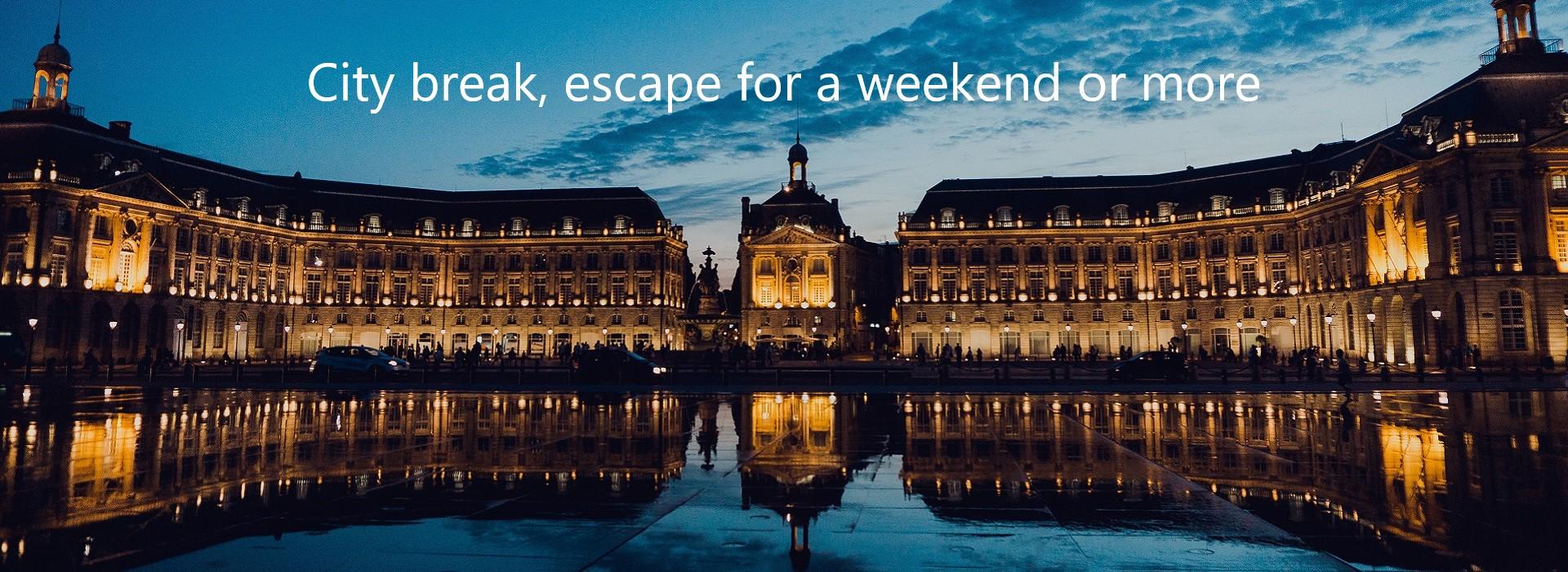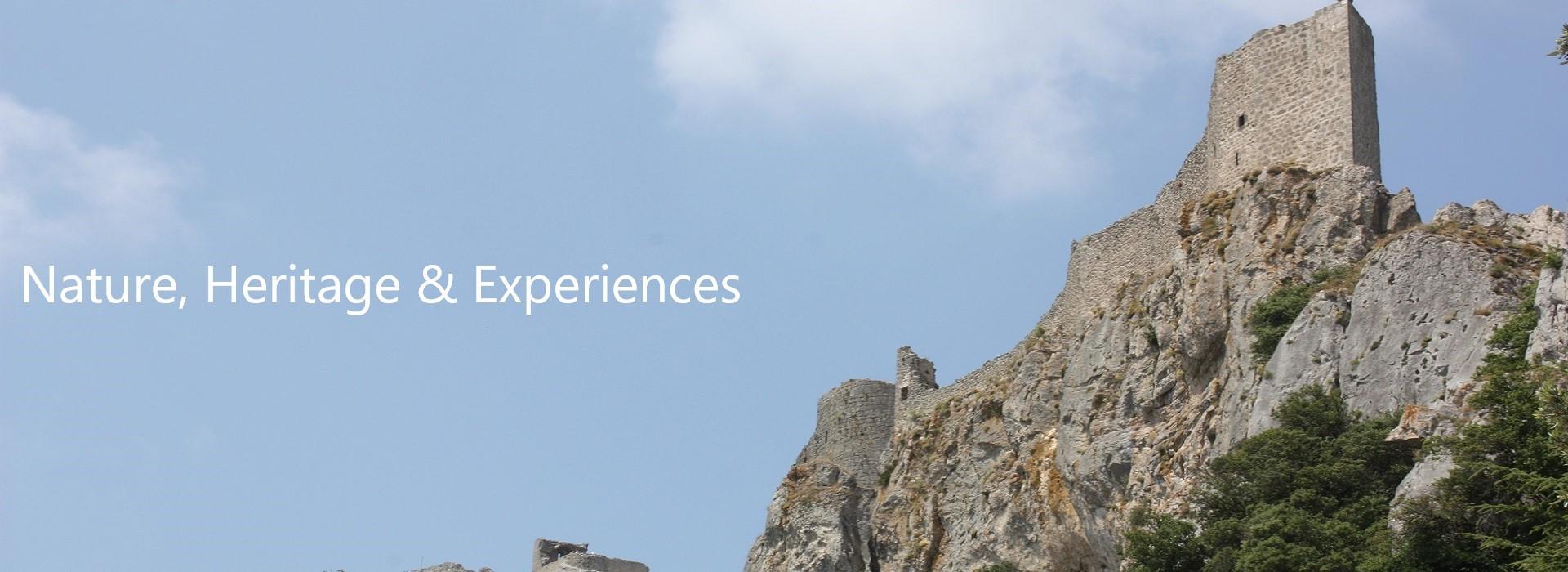The Magnificent Pont du Gard

THE MAGNIFICENT AQUEDUCT LE PONT DU GARD
True jewel of Roman Architecture, The Gard Aqueduct Bridge kept its splendour from the past. This monument is one of the most well preserved in France and every year it does attract thousands of visitors. This massive, impressive and stunning aqueduct is nowadays protected by UNESCO organization and has a fascinating history.


THE AQUEDUCT: A WONDER OF THE ANTIQUITY
As the city of Nimes was growing up fast, it was a need to find a new source of water. Actually, the colony was in expansion and the population was growing a lot and had reach the number of 20 000 inhabitants. An aqueduct had to be created in order to bring waters from the Eure source (located in Uzes) to Nimes. 50 kms/ 31 miles long, a water way was dug on the great majority of its route. However, the creation of an aqueduct was necessary, because an obstacle was blocking the road : The Gardon River.
Without the help of a bridge, it was impossible to cross the river and the level difference was too important. The aqueduct building lasted 5 years. 21 000 cubic metres of limestone were extracted from Roman quarries and brought on the work site. Nearly 1000 workers were involved in the construction of this gigantic bridge, and it still reflects the techniques, precision, skills and crafts of the Romans.

WHAT HAPPENED TO THE BRIDGE AFTER THE ROMAN EMPIRE
After the Roman Empire, the bridge was abandoned. As it was not cared, limestone sediments did interrupt the passage of the water because of the main gallery obstruction. Because it was not used after the 5th century, when the Francs were controlling Uzes area, the bridge degradation was unavoidable and 12 arches on the 35 of the third level collapsed. Still used to cross the Gardon River, only the second level was used then to reach the other bank and follow the path toward Nimes.

Opening the second level was not maybe the right thing to do, because it lead to the bridge destabilisation. To avoid any troubles nor damages, another bridge was built on the aqueduct side in 1743. The man who was in charge of the work was Montpellier engineer Henri Pitot. Nowadays, when you visit the site, you still walk on this bridge.
The interest of the different governments during the 19thcentury brought some restoration works to save the bridge, but the true consecration of the site arrived in 1985 when UNESCO organisation decided to protect the site. True restoration and care really started in the early 2000’s.

Opening the second level was not maybe the right thing to do, because it lead to the bridge destabilisation. To avoid any troubles nor damages, another bridge was built on the aqueduct side in 1743. The man who was in charge of the work was Montpellier engineer Henri Pitot. Nowadays, when you visit the site, you still walk on this bridge.
The interest of the different governments during the 19thcentury brought some restoration works to save the bridge, but the true consecration of the site arrived in 1985 when UNESCO organisation decided to protect the site. True restoration and care really started in the early 2000’s.
THE AQUEDUCT TODAY …
Thanks to its charm and its magnificence, the Gard Aqueduct Bridge is perfectly integrated to the landscape around. The green space and charming nature around brought a new protection to the site which is nowadays classified as a Grand Site.
The elegance and lovely paths around always bring people around the vestiges of the aqueduct… And for hiking lovers, you can even enjoy a nice walk to Uzes and feel the magic of the site where the source starts and admire the aqueduct gallery beginning. If you want to know more about the importance of the water in the Roman daily life, you can visit the Museum of the aqueduct site.
You can even see a reconstitution of the bridge construction.
The elegance and lovely paths around always bring people around the vestiges of the aqueduct… And for hiking lovers, you can even enjoy a nice walk to Uzes and feel the magic of the site where the source starts and admire the aqueduct gallery beginning. If you want to know more about the importance of the water in the Roman daily life, you can visit the Museum of the aqueduct site.
You can even see a reconstitution of the bridge construction.
BRIDGE OR QUEDUCT? GARD OR GARDON RIVER ?
Nowadays, the site is called : Pont du Gard, even if formerly it was an aqueduct and not a simple bridge made to let people or donkeys cross it. The river the bridge spans is sometimes called Gard and other times Gardon.

Actually, the word gardon designate some of the Gard river affluents and other small rivers or water streams such as the Ales Gardon and Anduze Gardon.
So if you want to look for a gardon, it is maybe better to precise which one it is !
If you want to know more about this fantastic site, contact and follow us on our guided tour : https://www.guidesud.com/en/tours-and-travels/uzes-and-pont-gard

Actually, the word gardon designate some of the Gard river affluents and other small rivers or water streams such as the Ales Gardon and Anduze Gardon.
So if you want to look for a gardon, it is maybe better to precise which one it is !
If you want to know more about this fantastic site, contact and follow us on our guided tour : https://www.guidesud.com/en/tours-and-travels/uzes-and-pont-gard




